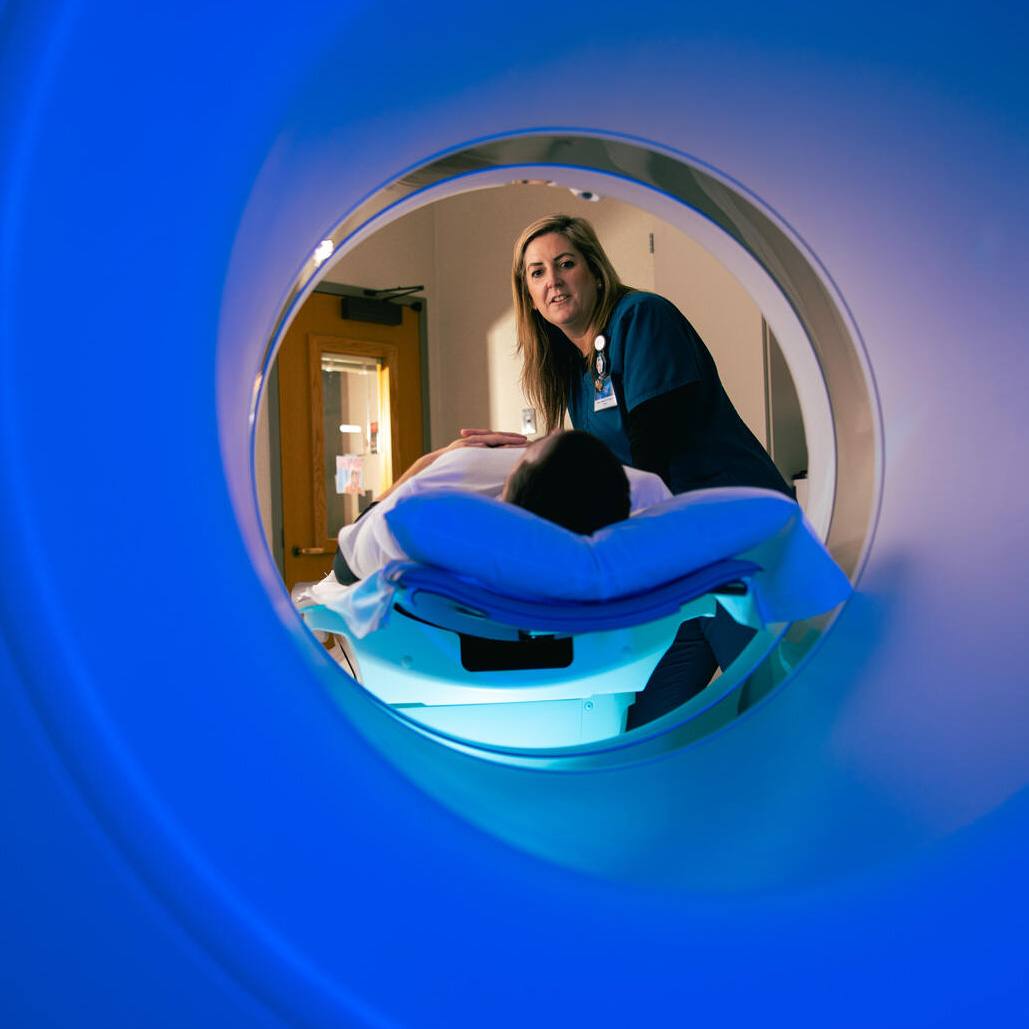-
Research
Virus beware: cells can defend themselves
According to a new paper in Nature Communications, a protein known to help cells defend against infection also helps their mitochondria. The protein, one in a group called myxovirus-resistance (Mx) protein, helps cells without calling in white blood cells. But now, the researchers report it also helps cells by preventing a virus from hijacking mitochondria.
“Our work provides new insights into how this protein assists in fighting viral infections, which could have substantial health implications in the future,” says senior author Mark McNiven, Ph.D., a cell biologist at Mayo Clinic.
This basic science finding expands understanding of the innate immune response. It is an example of how discovery research at Mayo helps identify targets for future clinical investigation.

Viral infection
When infected, a cell sends out a chemical alarm called interferon. In response, neighboring cells ramp up production of Mx proteins. These proteins block entry into the nucleus, preventing a virus genome from replicating. They also bind to viral genomes and disrupt replication.
The authors of the new paper looked at immune tissues, such as tonsils, for the presence of one myxovirus protein called MxB. They found some MxB in most cell types tested. They also found that it increases when cells are treated with interferon. As others have reported, the Mayo team also found that MxB moved to the nucleus during the “red alert.”
However, they found MxB did something else, as well.
“We were surprised to see MxB present on and in mitochondria,” says first author Hong Cao, M.D., a research scientist at Mayo. “That it is both induced in response to infection and vital to mitochondrial integrity is exciting, considering the two viruses MxB mitigates, HIV and herpes, alter mitochondria during infection.”
Protecting the Generator
Mitochondria are specialized structures in cells, called organelles. They produce energy and are vital to cellular health. Existing by the hundreds in each cell, their outer shape can change. What doesn't change is that inside, mitochondria have folds of tissue, called cristae. These folds are where the energy generation process takes place.
During infection MxB condenses, dissolves, and reforms over time. It travels in the cell — to the nuclear pores, but also along mitochondria or at their tips. But to see what MxB does there, the researchers had to use cells that were prevented from making MxB. What they found provided a new role for the protein.
“Without active MxB, mitochondria become nonfunctional and kick out their DNA into the cytoplasm,” explains Dr. Cao. "These cells are not happy but may have the capacity to survive a viral infection.”

History of Mitochondrial Investigation
The work of Dr. Cao and team builds on the findings of a solid cadre of mitochondrial investigators at Mayo.
“Over two decades ago our lab discovered a set of proteins that perform mechanical work to shape and pinch mitochondria,” says Dr. McNiven. That discovery led to a variety of research initiatives across the international mitochondria field into not only basic research questions, but also into clinical areas. This work has established that mitochondrial changes regulate cell death, which is important for diseases such as cancer and neurodegenerative disorders, and in antiviral cell immunity.
The next steps, Dr. McNiven says, are for his team to investigate how MxB gets to and into mitochondria. They will also examine how its association causes changes to this organelle.
In addition to Drs. Cao and McNiven, other authors on the paper ― all from Mayo Clinic at the time of publication ― are Eugene Krueger, Jing Chen, Kristina Drizyte-Miller in the Mayo Clinic School of Graduate Education and Mary Schulz.
Funding was provided by federal entities and through Mayo Clinic Center for Cell Signaling in Gastroenterology. Detailed information is in the publication, Nature Communications.
Related Articles







